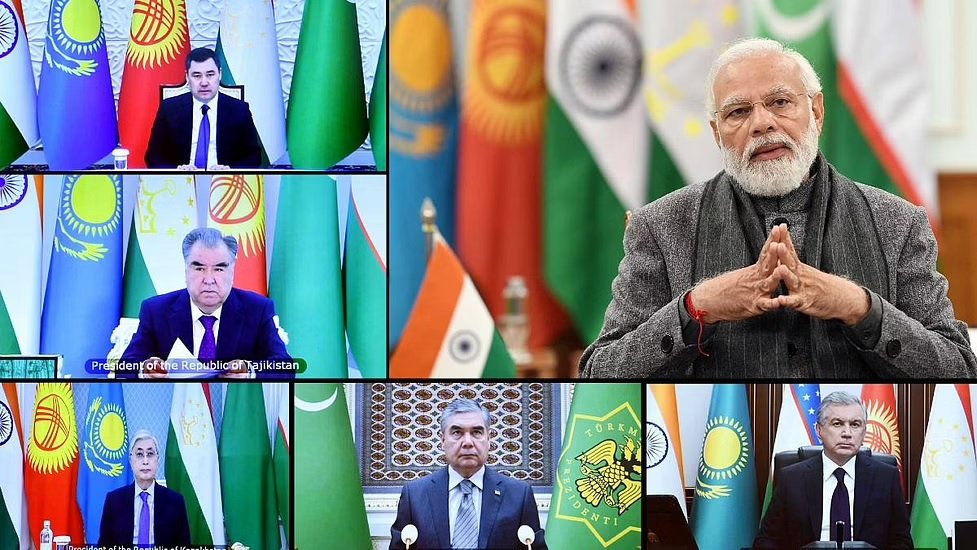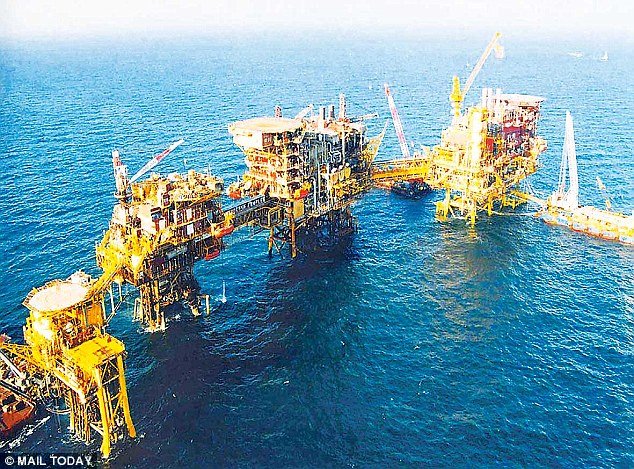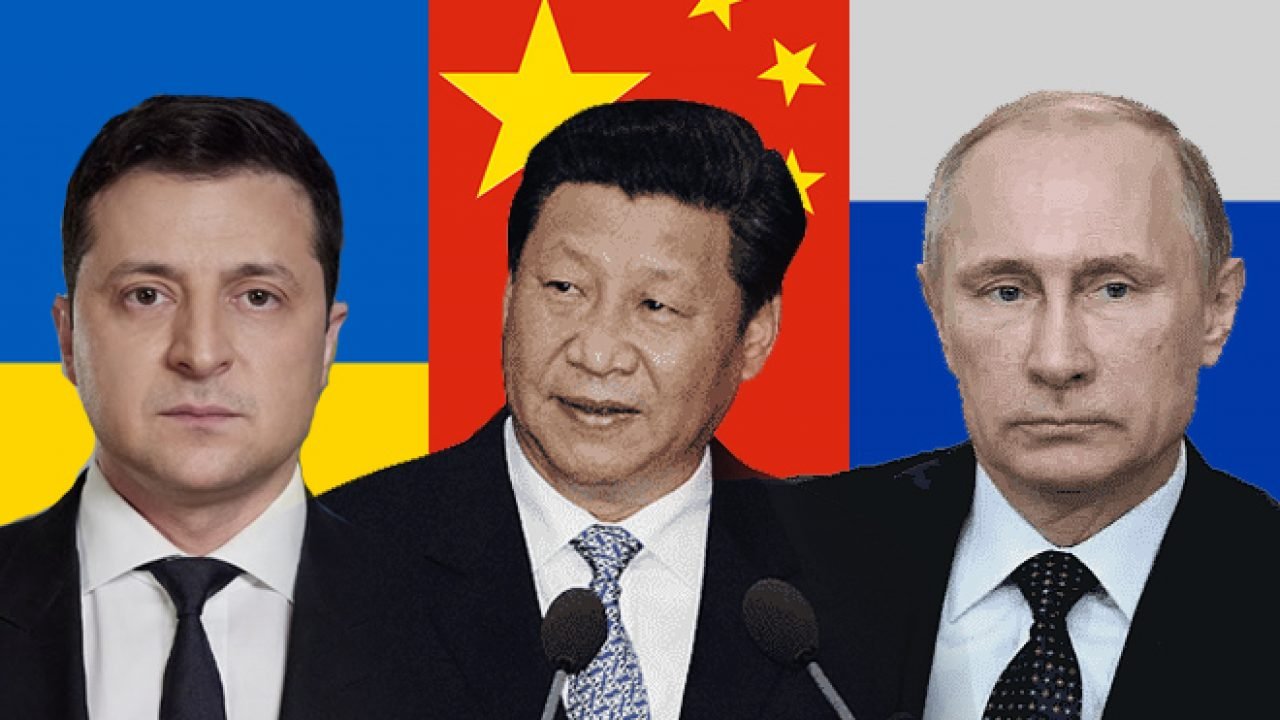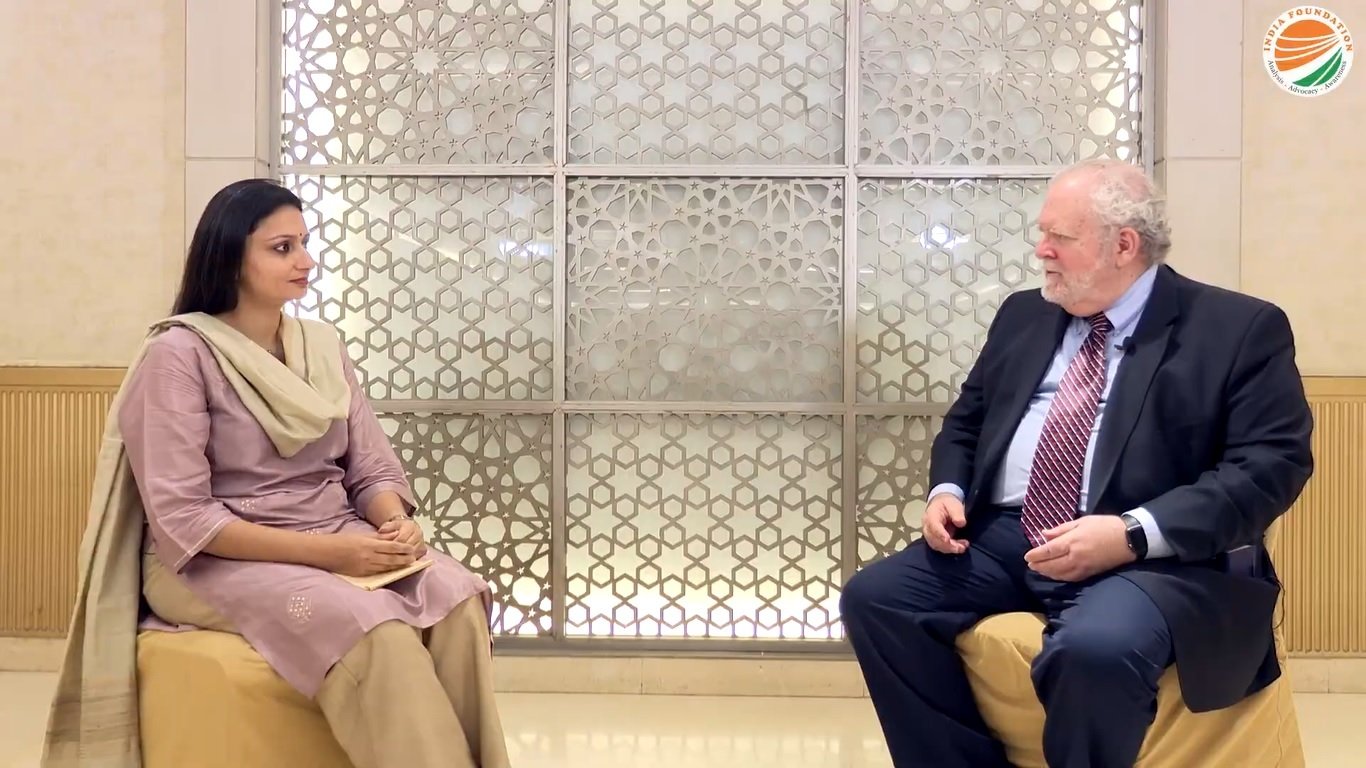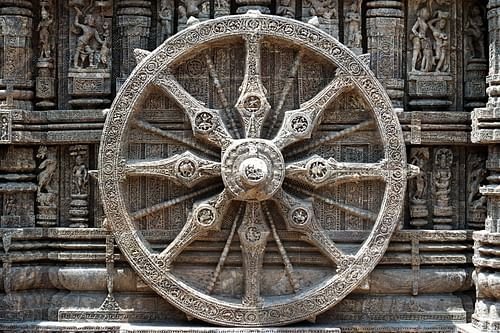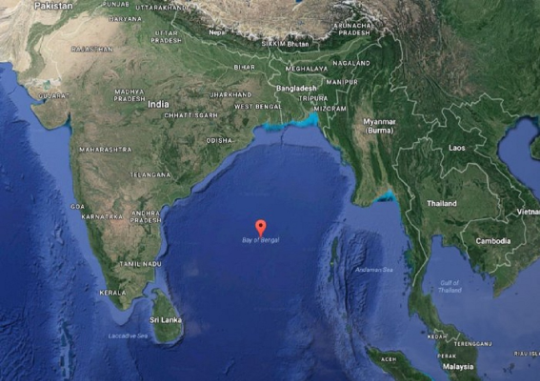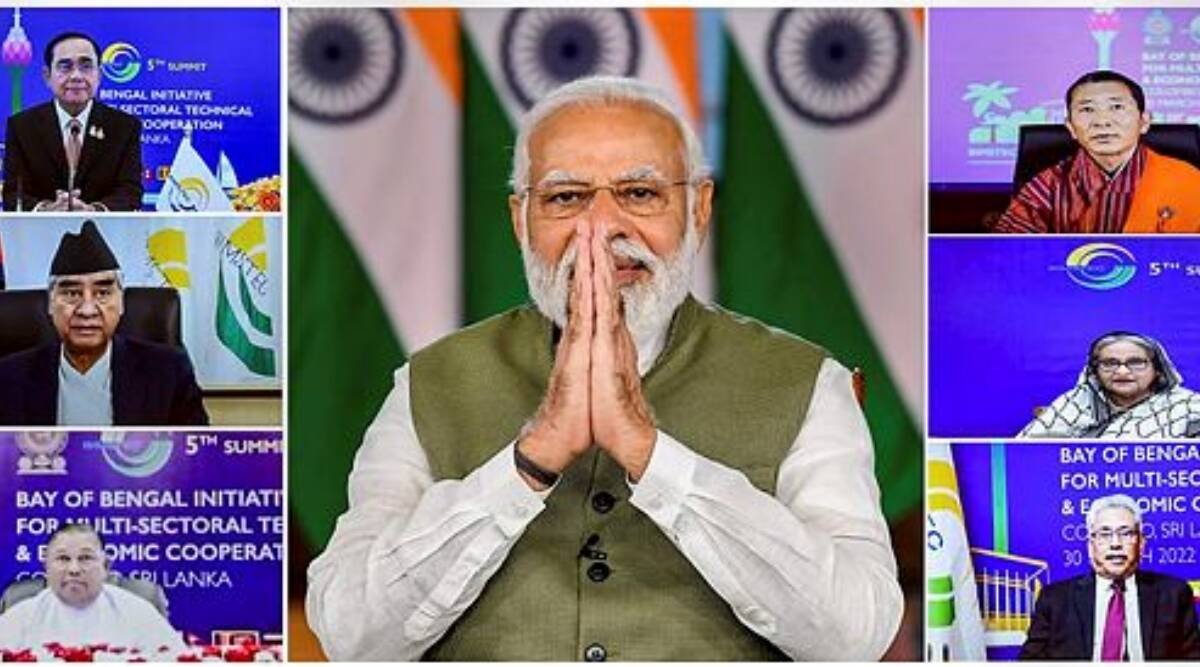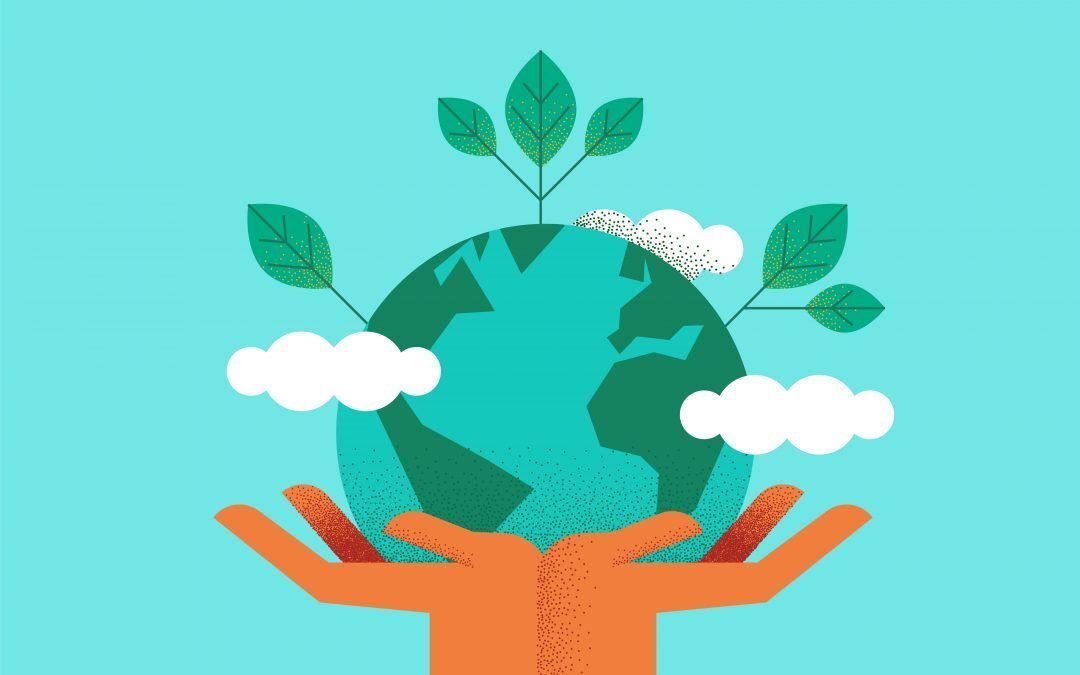The issues currently dominating international geopolitics are the Ukraine Crisis, the Indo-Pacific security situation and the two-year depredation of the Wuhan virus. The complex Indo-Pacific situation came into focus during the pandemic. As nations were battling the pandemic, China became increasingly assertive. Reflexively, the QUAD and the Indo Pacific architecture started momentum and acquired substance. However, the ongoing long drawn violent Ukraine crisis has changed some ground realities which will affect the Indo-Pacific region in more ways than one. The first fundamental is that a trans-Atlantic US led consolidation and further expansion of NATO is clearly visible. The emergence of a China-Russia axis, in competition, though nebulous at present, is on the cards. Nuclearisation of South Korea and Japan is being discussed. The world is entering into an era of selective de-globalisation, decoupling and re-coupling. Energy and food security have come into the foreground for many nations. An extended period of inflationary economic turmoil has commenced. This is occurring as climate change and environmental degradation threatens to impact the globe adversely. In this contextual framework, it is pertinent to examine the complex dynamics which are going to impinge upon and dominate the Indo-Pacific environment as a result of the Ukrainian War. However, the examination has to take into account the variable of the pandemic and its long-term effect which is simultaneously playing out and cannot be ignored.
Indo Pacific Region : An Overview
The Indo-Pacific Region extending from the East coast of Africa to the West coast of the American continent is a huge swathe. Its core is now the centre of gravity of international geopolitics and geoeconomics. Its major population centres are home to eight of the top twenty economies of the world. Major conflict areas and disaster zones lie in the Indo-Pacific region. As a corollary, most of the big defence spenders are also in this area. Global power is pivoting to the Indo-Pacific. This is hark back to the pre-colonial period and will remain so for a long time. As the power shift is taking place, global challenges have also increased manifold. The underpinning factor of the challenges is the rise of China and its ambitions in relation to other powers.[1] China’s ambition to establish a Sino-Centric system is presaged on territorial and geopolitical assertion in its vicinity. The focus of this expansion is presently the South China Sea and Taiwan. It is also attempting to alter the status quo with India in its favour simultaneously on a constant basis. China has also spread its tentacles, outwardly through the BRI, to all parts of the globe with an aspiration to cement itself as a superpower second to none. In the process, one has seen repeated violation of the international rules-based order and an effort to supplant its own rules. The destabilising issue is that China’s regional territorial ambitions, global geopolitical aspirations and the BRI are all moving parts with huge degrees of uncertainty. The response to the Chinese expansionist adventure is the evolution of the QUAD which is now acquiring discernible reality to take on China.
The crowded maritime routes and the vast expanses of the Indo-Pacific are home to more than a handful of security problems. At the very top of the list is Chinese assertion and aspirations to exert influence in the Indo-Pacific region. Chinese ambition to establish naval bases in the IOR and Eastern Pacific constantly threatens regional peace. At the western end of the Indo-Pacific are issues connected to terror and energy resources of West Asia. Iran, Afghanistan and the nuclear triangle of Pakistan, India and China also cast their shadow on the Indo-Pacific. At the centre is the crisis ridden Myanmar. The Indo-Pacific is also dotted with bases and territories of extra regional powers like USA, France and UK. Finally, the nuclearisation debate in South Korea and Japan has commenced to compound issues. Overall, the Indo-Pacific is a panorama of issues. Many of them have been compounded by the Ukrainian crisis.
Chinese Footprint
China continues being assertive and coercive to attain its superpower ambitions despite standing on the brink of economic stagnation. Problems in the Chinese economy stem partly due to structural issues and partly due to the consequences of prolonged pandemic risk of its Zero Covid Policy[2]. Further, its adverse demography of falling birth rates, ageing population and decreasing work force, aggravates economic stress in the long term[3]. Views abound that China has peaked. Despite this, it is heavily militarising in an attempt to achieve superpower status. China is in a race to get rich before it gets old. It is estimated that it has a ten-year time window to do so. This race to beat the time bar makes it more aggressive with each passing day. The markers of its ambitions in this time window will be its attempts to militarily annex Taiwan while keeping USA out of the way. It will also attempt to keep India down using all methods. China also seeks to solve the Malacca dilemma by establishing bases in the Indian Ocean Region. Very clearly, China will cause a lot of turbulence in the Indo-Pacific. As it stands, it has a wide footprint in the region which includes the Solomon Islands, South China Sea, Afghanistan, Iran, West Asia, Pakistan, BRI countries, Island nations in the IOR, and the LAC along India.
The Indo-Pacific Architecture
The Indo-Pacific security architecture consists of the QUAD and AUKUS. QUAD is the predominant structure which addresses the larger Indo-Pacific Issues[4]. The QUAD partners – USA, India, Australia and Japan comprise a superpower and three middle-level powers. All are vibrant democracies comprising three civilisations. USA and India have strong and experienced Armed Forces. QUAD has three of the top five economies in the world. It is a healthy mixture of raw material, manufacturing, and consumer power with tremendous innovation capability. It has the economic potential of enforcing decoupling from China and creating alternative markets. QUAD has the heft to tackle China economically and diplomatically on wide-ranging issues. It can address wider issues like climate change, tackling the pandemic, and heralding new technologies. It is a larger platform that can also accommodate regional and extra-regional players like EU, ASEAN, South Korea and New Zealand. It has wider acceptability. It has global leadership potential[5].
AUKUS is a security partnership of three rich countries – USA, UK and Australia, which are old-time allies. It is a tight grouping of stable democracies with similar systems, policies, national outlooks and values. At this point in time, the partnership is about building SSNs for Australia to enhance its capability so that containment of China is more effective. AUKUS has a narrow military focus on enhancing Australian military capability with SSNs. This will redress a regional strategic imbalance in the Western Pacific in which Chinese domination is outsized. AUKUS also caters for a future scenario. If and when the Taiwanese pivot of the first island chain is lost, there will be a need to ensure that China does not have a free run to expand into the Western Pacific. The rise of an Australian force in the coming decade with considerable air, sea and underwater capabilities will prevent exactly that. The point to note is that while AUKUS is in the future, QUAD is the present and more relevant one.
Ukrainian War: Impacting Issues
Nuclearisation
The Ukrainian conflict is the first one where the nuclear card was played out unambiguously by Russia. The nuclear threat was conflated with conventional and hypersonic weapons to deter USA/NATO from interfering in the war. It also prompted Ukraine to state that, had it not made the mistake in abandoning nuclear weapons it inherited from the Soviet Union, Russia would not have dared to invade it. Ukraine was of the opinion that nuclear weapons were the only way to guarantee its sovereignty. This nuclear paradigm has found multiple echoes in the Indo-Pacific. China might make a similar play to deter USA from interference, if and when it seeks a military reunification of Taiwan. Will USA just stand by supinely as it has done now and allow Taiwan to be gobbled up? The same play can occur if China seeks a forced foothold in Bhutan, Nepal or even Myanmar. What will India or USA or any other member of the QUAD do? On the other hand, South Korea and Japan live in the nuclear neighbourhood of China, North Korea and Russia. In both these countries, the nuclear debate got sharpened by the Ukraine situation. South Korea feels that while North Korea is the immediate short term nuclear threat, China is the long term one. The majority in South Korea favour acquisition of nuclear weapons indigenously as the way forward. The lesser alternate for South Korea is allowing deployment of US nuclear assets on its territory[6]. Many South Koreans feel that dependence on USA is fraught with danger in a nuclear situation. They could end up like Ukraine, where USA has been kept to the side lines. South Korea could, therefore, go nuclear on its own.
Currently Japan is sheltered by the US nuclear umbrella. The Sino-Russian entente and the Russo-Ukrainian situation has prompted Mr Abe, ex PM and an influential but respected voice, to suggest that Japan should consider a nuclear-sharing arrangement with the USA similar to NATO. Which means that US weapons could be on Japanese soil. Turn to Taiwan. It has three nuclear power reactors, which produce about 10% of the island’s electricity. Taiwan apparently has the nuclear knowhow. If it ever comes to light that Taiwan has a bomb in its basement, the nuclear equations in the Eastern end of China will get complicated beyond belief. If South Korea, Japan or Taiwan acquire nuclear capability, China will in all probability change its own status and policy on use of nuclear weapons. That will trigger a domino effect on India which will result in a spiral in Pakistan. Overall, the Ukrainian war has already triggered a nuclear debate. The issue to see in future is whether it will spiral into an arms race.
India’s Rise
As the Ukrainian war has unfolded, India’s internal political strength, its balanced relations with all major powers, and its stability in the neighbourhood makes it stand apart[7]. Additionally, it is India alone, amongst the big economies, which shows promise of high growth rates and is being seen as the only alternative to China in scale. A large part of global growth in future is predicated on India’s overall success. The fact that it has almost fully recovered from the aftershocks of the Wuhan virus is a huge plus. The Indian and US militaries are the only two militaries which can impose caution and rein in China. India’s geographic location and its military strength gives it the ability to dominate the Indian Ocean and block the Strait of Malacca. Hence, there is little doubt that there is no QUAD or Indo-Pacific strategy without India. The international realisation is that India can tip the scales, depending upon its stance on various issues. India’s strong position in the unfolding global food crisis[8] has reinforced the view that centrality of India in global affairs has multiplied manifold. China is accustomed to dealing with US alliances in Asia, but a realigned India changes the game[9]. India has the potential to put China in a two-front situation in perpetuity. It contributes significantly to containment of China. The way India plays its cards will have a huge impact on the Indo-Pacific region
China’s Changing Status
When the Ukrainian war broke out, the conventional wisdom pointed to only one country that stands to emerge victorious: China. Two months into the war and with the resurgence of the Wuhan virus, there is uncertainty[10]. China has not been able to temper either the Russian invasion or the Western response. China’s inability to influence the course of events in Ukraine is stark. It has been left to stand on the side-lines with debate and decisions being taken in every other place but China. Its vulnerability specially in energy and food security has been exposed as it scrambles to secure it flanks[11]. The Trans-Atlantic western consolidation views China as siding with Russia. This has triggered a ‘bounced’ isolation ‘off’ Russia[12]. This is evident from the recent frosty EU-China summit which was termed as ‘a dialogue of the deaf’[13] where China wanted to talk about ‘positive’ things like ‘trade’ while Europe was ‘at war’. The talks were also ‘open’ [14] as per Ursula Von Der Leyen; meaning that opposing views were very clearly exchanged. China’s influence and long-time efforts to wean EU away from USA have gone southwards. The developed world does not want to see its technology end up in a Russian drone or ammunition. There is a feeling in Europe that China, far from being a partner, may be a future threat. The global inflation and food crisis triggered by the Ukrainian war has also changed the IOR landscape, especially in Sri Lanka, Pakistan, Maldives and Nepal where internal problems have been compounded. People in these countries are against China. That became most evident on the streets in Sri Lanka where the tottering Rajapaksa government is being seen as ‘sold out’[15] to China. Pakistan is on the verge of an economic collapse as the situation worsens by the day[16]. In this scenario, the dramatic suicide bombing which killed three Chinese has exposed the weaknesses of Sino-Pak links[17]. It raises huge question marks on its flagship CPEC and BRI. More importantly, it exposes limits of the Chinese capability to influence events in areas it considers critical for global power projection. This could spread to other third world countries where the BRI has entered, especially in Africa. It is clear that as the Chinese economy is stalling, its influence is reducing overseas. One gets a sense of weakness in the Chinese structure and posture. It is not without reason that USA has subtly changed its stance on ‘One China’[18].
Taiwan Factor
The Chinese are learning from the Ukrainian conflict. The Russian failure to blitzkrieg Ukraine for a quick victory has implications for China[19]. The expected scenario for Taiwan—suppress defences, establish air superiority and achieve immediate capitulation before the United States intervenes needs a relook. If China is to be a superpower, it needs to have credible military capability. Despite China’s outsized military expenditure, PLA’s capability, including its men and material remain untested. The failure of similarly structured Russian forces to overcome Ukrainian forces raises questions on PLA ability to annex Taiwan militarily. An amphibious invasion of Taiwan is far more complex and even less predictable than the invasion of Ukraine. China’s capability to mount a cross-strait operation successfully against a better prepared Taiwan, assisted by USA, Japan and others is even more risk prone. Chinese ability to overcome Western media and information operations, as unleashed in the ongoing Ukrainian war is bleak. The narrative will be firmly against a lonely China. On ground, ever since the Ukrainian war has commenced, Chinese air space violations over Taiwan have drastically reduced. The belligerent posturing of an impending invasion of Taiwan which was daily headline news till January has receded to be replaced by self-doubts. Suddenly, China seems to have realised that the political costs of failure in this adventure are too high. Annexation of Taiwan is an agenda in recession. This has major implications. China will be forced to continue to defend its coastline and be unable to deploy its Navy in blue waters beyond Taiwan. China will have to keep on protesting Freedom of Navigation Operations by USA in close proximity of its shores and always face a maritime threat. This has to be seen in conjunction with the ‘felt’ threat of India’s military presence along the LAC. Overall, PLA has to simultaneously ward off the continental and maritime threats as also keep the communist regime in power. Most importantly, comprehensive national power which China flaunts has no value on the battle field as seen in the Ukrainian war. Militaries have to fight to win. Its ambitions depend upon the doubtful quality of its military.
Russia–China Axis
At the time of the winter Olympics, Russia and China renewed their 20-year treaty on friendship and cooperation, held large-scale joint military exercises, and reached agreement to boost trade[20]. A joint statement about a ‘new era’ of international relations was issued. In February, Xi and Putin declared there were ‘no limits’ or ‘forbidden areas’ of cooperation. Based on this, the common expectation is that the Russia-China axis will flourish. However, Russia’s aggression has disrupted global energy, food and raw material markets. Prices have increased enormously. This will hit the Chinese economy which depends on imports of a variety of raw materials to feed its export-oriented manufacturing ability. Further, the strength, unity and speed of the Western response, the severe impact of sweeping sanctions, and Russia’s resulting forced economic decoupling from much of the global economy will make China rethink[21]. The setbacks experienced by the Russian military in Ukraine, despite their on-paper superiority will also set China thinking. Russia as a partner might be a heavy millstone for China to carry. Overall, while the Russia-China axis is still on the cards, its efficacy on ground is still not visible. In case this axis does not roll out as visualised by their leaders, China will be left with very weak allies namely Pakistan, North Korea and Iran.
EU Factor
Before the Ukrainian war, France, Germany, the Netherlands, and the UK, as well as the EU, had published Indo-Pacific strategies or ‘guidelines’ and deployed naval resources to the region[22]. This was despite the fact that their capacities to deploy forces and get involved in Indo-Pacific security was limited. Europe and UK wanted to be seen as reliable partners and achieve a persistent presence in the region. The Ukraine war forced these countries to stay focused on NATO and European security. They are militarising to enhance collective deterrence and defence. Resultantly, it will certainly restrict the ability of EU states to be active in the Indo-Pacific. Even France and the UK, which have considerable interest in the region, will have to rethink. However, France, which has more than 1.5 million citizens and five permanent military bases, in the Indo-Pacific has no choice but to remain focused in the area despite the Ukraine war. Overall, the EU states will toe the NATO line. In essence they will be even more dependant on QUAD to deliver results for them in the Indo-Pacific.
Maritime Issues
A major incident of the Ukraine war which is going to influence behaviour of maritime forces and militaries is the sinking of the Russian Black Sea Fleet flagship, the Slava-class cruiser Moskva[23]. It has forced the Russian Navy units to redeploy further out to sea, beyond the range of the Ukrainian shore-based coastal defence cruise missiles. Indo-Pacific navies will have to shed their business-as-usual approach to naval capability development. Anti-ship attack systems, either sea based or land based have evolved to a point when lethal attacks on a naval task force will be increasingly difficult to defend against. As navies seem to be acquiring or building larger, more complex and more expensive naval vessels, their vulnerability also seems to be increasing. Hence their viability is under examination. To make the point, an aircraft carrier which needs to deliver long-range offensive firepower has to be defended more robustly. The use of lethal autonomous weapons and loitering munitions adds to the challenge. The combination of advanced drones and anti-ship missiles pose significant survival challenge for naval forces in highly contested environments. In the Indo-Pacific context, this has direct implications on Chinese ability to annex Taiwan in an amphibious operation or overcome the Malacca dilemma without a base. Conversely, it becomes more difficult for the QUAD navies to operate close to Chinese mainland. The recourse is that the crowded Indo-Pacific region will see enhanced competition to acquire and strengthen bases as also develop sub-surface combatants of long endurance. It is reasonable to appreciate that China will make an all-out effort to acquire a suitable island in the Spratlys to convert it into a base just as they did in the Paracels. It has already made its initial move to establish a base in the Solomon Island in the Pacific Ocean in close proximity to Australia. It will also redouble its efforts to convert Gwadar, Hambantota or Kyaukpyu into a naval base at the earliest to threaten India. Conversely, it forces India and the QUAD to look afresh at Myanmar, Sri Lanka and Pakistan to deny a foothold through diplomatic and economic pressure.
QUAD Strategy
The Russo Ukrainian war is being fought at two levels. One between Russian and Ukrainian Forces directly on Ukrainian soil. The other larger conflict is between Russia and the USA/EU/NATO combine for geopolitical dominance. When the US Defense Secretary stated ‘We want to see Russia weakened to the degree that it can’t do the kind of things that it has done in invading Ukraine,’ it signified the start of a long-drawn hybrid war being waged between USA and Russia in battlefield Ukraine. Hereafter, the hybrid war is the primary one in which the Russo-Ukraine conflict will get subsumed. The overall US aim appears to be threefold:
- Weaken Russia to the extent that it ceases to be a threat to the EU.
- Ensure that Russia can no more be an effective ally of China
- Continued consolidation and alignment of Europe with USA. This aim supports the larger aim of containment of China and re-establishment of US supremacy[24].
Transpose this to the Indo-Pacific region and the US strategy comes across very clearly. As much as China wants to win a local war under informatised conditions in quick time, the effort will be to deny that. The Ukraine War also tells us that diplomatic, economic and military consolidation of the QUAD members and those who feel threatened by China will be beneficial. China can be drawn into a bruising long drawn war which it cannot win and will specifically attempt to avoid. Intelligence and information sharing will be a huge element of this strategy.
Terror
Terror as an instrument of state policy has been practiced by many nations in the Indian Ocean Region (IOR). Radicalism is a prevalent phenomenon amongst many people and societies in the IOR. An analysis indicates that either these nations are underdeveloped or the recruits for the terror enterprise are underprivileged/poor. In an environment of impending shortages of food and energy because of the Ukraine war, the sense of being deprived is bound to increase. Unrest due to political mismanagement and artificially created shortages is likely to be exacerbated due to the Ukraine crisis. How this unrest and sense of deprivation gets channelized into terrorism is a phenomenon of the future. It is yet to surface. It will in due course.
Summary
The impact of the Ukrainian War on the Indo-Pacific is a work in progress. While it is premature to haphazard a guess on the second order effects of an ongoing war, certain trend lines and pointers are clear. The world is getting to be more nuclearised than before. Conventional war will continue even though hybrid war and gray-zone conflict will hog headlines. Proxy wars will be more attractive than before for great powers. Without doubt, the era of globalisation is over. A new form of restricted globalisation based on allies and partners is on the horizon[25]. The Chinese are apprehensive about it. An indisputable fact is that countries battered by the pandemic, must now deal with rising prices for grain, energy, and fertilisers because of the Ukrainian War. It will impact the poorer of the Indo-Pacific nations more than any other region[26]. A lingering doubt in many minds is that will USA live up to its promises or keep standing on the side-lines as it did in Ukraine[27]. The elephant in the Indo-Pacific is undoubtedly China. The Chinese trajectory in future will be recalibrated by the Ukraine War as well as a host of other internal factors. The direction of this vector is uncertain. Lastly, there is no doubt that in the immediate wake of the Ukraine conflict, India has emerged as a critical player in the Indo-Pacific. India’s rise and its role in global affairs will dictate the tenor of the Indo-Pacific architecture. While certain trend lines are visible, there are hidden impacts yet to emerge from the Ukrainian War. We are indeed living in interesting times.
Author Brief Bio: Lt Gen P R Shankar, PVSM, AVSM, VSM, is a former Director General of Artillery. He is an alumnus of National Defence Academy Khadakvasala, Defence Services Staff College, Wellington, Army War College, Mhow, Naval Post Graduate School, Monterrey and National Defence College, New Delhi. He has held many important command, staff and instructional appointments in the Army. The General Officer is now a Professor in the Aerospace Department of Indian Institute of Technology, Madras., Chennai. He is actively involved in applied research.
References:
[1] https://www.gunnersshot.com/2022/04/evolving-security-dimensions-in-indo.html
[2] https://www.scmp.com/economy/china-economy/article/3177833/save-economy-china-data-paints-bleak-picture-covid-hit and https://www.gunnersshot.com/2022/01/china-middle-kingdom-to-mother-earth-by.html
[3] https://www.forbes.com/sites/simonconstable/2021/10/30/chinas-demographic-problem-set-to-torpedo-its-economy-report-warns/?sh=4532e9c234e1
[4] https://www.gunnersshot.com/2021/09/two-sides-of-same-coin-divergent.html
[5] https://bharatshakti.in/two-sides-of-the-same-coin-the-divergent-convergence-of-quad-and-aukus/
[6] https://www.myind.net/Home/viewArticle/nuclear-lessons-from-russo-ukrainian-conflict
[7] https://www.gunnersshot.com/2022/03/failed-five-and-centrality-of-india-by.html
[8] https://indianexpress.com/article/india/centre-relaxes-ban-on-wheat-export-may-13-7921670/
[9] https://foreignpolicy.com/2022/05/17/india-china-quad-summit-modi-xi-biden/
[10] https://www.gunnersshot.com/2022/05/china-vulnerable-super-power-by-lt-gen.html
[11] https://www.globaltimes.cn/page/202203/1254225.shtml
[12] https://www.myind.net/Home/viewArticle/nuclear-lessons-from-russo-ukrainian-conflict
[13] https://www.scmp.com/news/china/article/3173188/eu-china-summit-was-dialogue-deaf-says-top-brussels-diplomat
[14] https://audiovisual.ec.europa.eu/en/video/I-223245
[15] https://theprint.in/world/sri-lankan-food-vendors-accuse-rajapaksa-govt-of-selling-everything-to-china/903504/
[16] https://www.thenews.com.pk/latest/958498-nawaz-sharif-does-not-want-govt-to-raise-inflation-further-ishaq-dar
[17] https://www.reuters.com/world/asia-pacific/van-blast-pakistans-karachi-kills-four-2022-04-26/
[18] https://www.scmp.com/news/china/diplomacy/article/3177223/china-us-ties-state-department-edits-taiwan-fact-sheet and https://theprint.in/world/china-warns-us-of-deviating-from-one-china-principle/952100/
[19] https://www.lemonde.fr/en/international/article/2022/05/15/china-draws-initial-military-lessons-from-russia-s-difficulties-in-ukraine_5983567_4.html
[20] https://www.mei.edu/publications/putins-gift-chinas-choices-and-mideast-dilemmas
[21] https://www.lowyinstitute.org/the-interpreter/what-ukraine-crisis-means-indo-pacific
[22] https://www.chathamhouse.org/2022/04/how-ukraine-will-change-europes-indo-pacific-ambitions
[23] https://www.maritime-executive.com/editorials/lessons-from-the-war-in-ukraine-for-indo-pacific-navies
[24] https://www.gunnersshot.com/2022/05/outcomes-of-larger-hybrid-war-in.html
[25] https://www.scmp.com/economy/global-economy/article/3177929/ukraine-war-propels-multilateral-momentum-china-focused-nato
[26] https://www.newindianexpress.com/nation/2022/apr/26/ukraine-conflict-will-impact-indo-pacific-eu-chief-2446540.html
[27] https://www.thinkchina.sg/russia-ukraine-war-implications-china-and-indo-pacific


